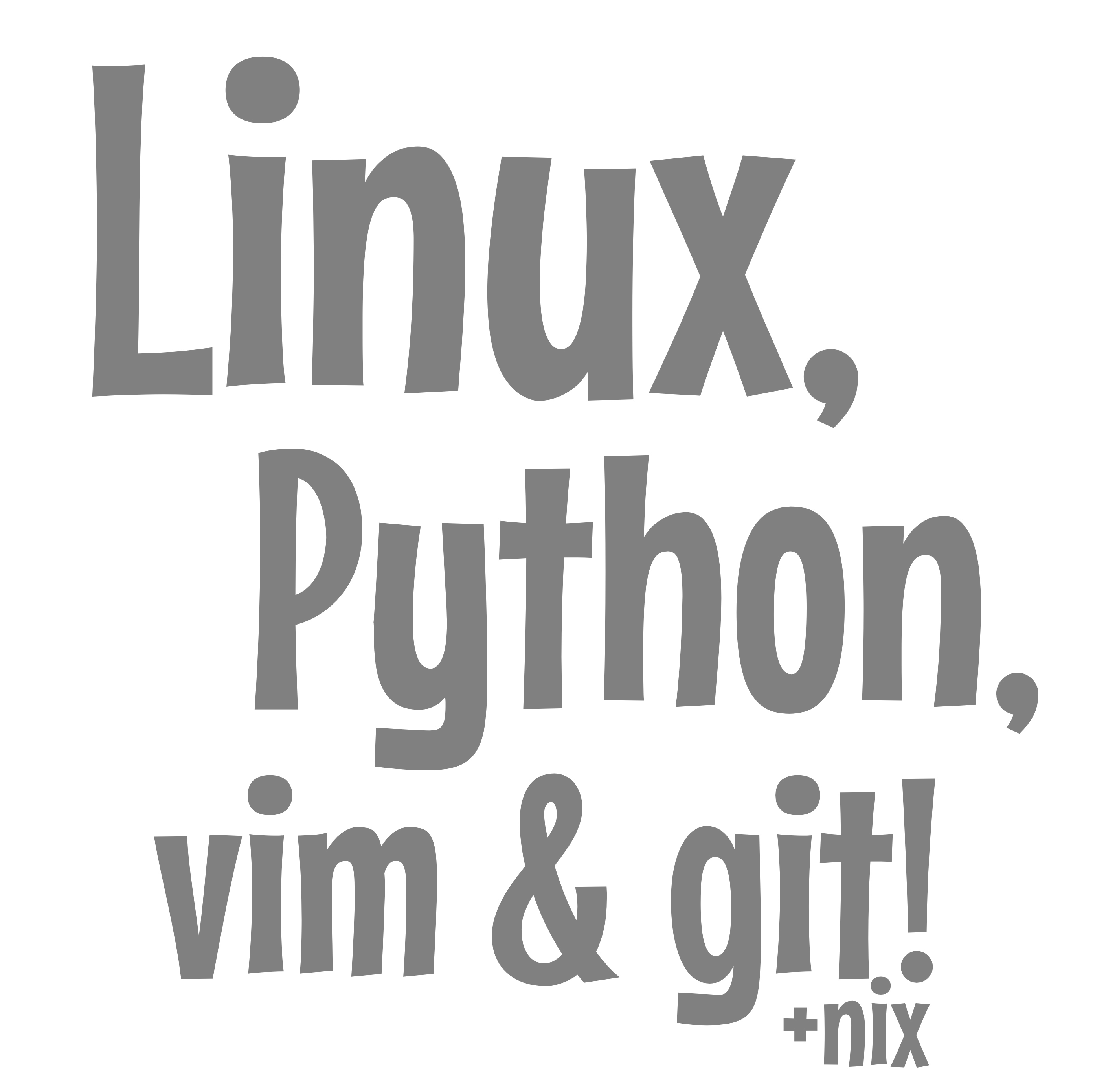Understanding Software Deployment with Nix Flakes: Getting Started
Imagine you’ve created a piece of software, perhaps a specialized tool for developers. Getting this software onto other people’s computers and keeping it updated can be tricky. Different computers (like Macs or those running Linux) often need slightly different setups. This article discusses a method for making this installation and update process smooth and automatic, especially for users who aren’t familiar with complex developer tools like “git” (a system for tracking changes in code) or “Nix flakes” (a way to package and manage software and its dependencies consistently across different machines).
The core idea is to create a user-friendly experience, much like installing a typical desktop application, where the software largely takes care of itself. The article introduces a “magic cookie” system. This isn’t a literal cookie, but a clever technique involving a special, initially hidden key that helps the software manage its own updates securely and automatically once it’s first set up. The goal is to allow users to install and run the software with a single command, without needing to understand or perform the complex steps usually involved in setting up developer tools from a source code repository.
Building a “Magic Cookie” Auto-Updating System with Nix Flakes
In modern software distribution, providing a seamless installation and update experience is crucial for user adoption. This article explores the implementation of a “magic cookie” system that enables frictionless installation and transparent auto-updates without requiring users to understand the underlying git mechanics.
The Challenge
When distributing developer tools or applications that leverage Nix flakes, we face several challenges:
- Git dependency: Nix flakes require a git repository to function properly
- Cross-platform support: The installation must work identically on macOS, Linux, and WSL
- Automatic updates: Users expect software to stay current without manual intervention
- Minimal prerequisites: Many users lack git or aren’t comfortable with version control
These challenges are amplified when targeting users who view the application as a “desktop app” rather than a development tool.
The Magic Cookie Solution
The “magic cookie” approach solves these challenges with a two-phase installation:
Phase 1: Bootstrapping (via install.sh)
curl -L https://pipulate.com/install.sh | sh -s AppName
This command downloads and runs our installer script, which:
- Downloads a ZIP archive of the repository (no git required)
- Extracts the contents to ~/AppName (or a custom location)
- Places a ROT13-encoded SSH key in a .ssh subfolder (the “magic cookie”)
- Creates an app_name.txt file with the application identity
- Provides instructions for running
nix develop
The installer avoids requiring git as a prerequisite, making it accessible to more users. It uses only core utilities (curl, unzip) that are commonly available or easily installed.
Phase 2: Transformation (via flake.nix)
When the user runs nix develop for the first time, the flake.nix’s shellHook:
- Detects that it’s not running in a git repository
- Creates a temporary directory and clones the full repository
- Preserves critical files (app_name.txt, .ssh contents)
- Swaps the cloned git repository with the current directory
- Decodes the ROT13 SSH key for authenticated git operations
- Sets up the environment and launches the application
This transformation happens transparently to the user, who simply sees the application starting as expected.
Automatic Updates
The system ensures the application stays current by performing git pulls at strategic points:
- On shell entry: Checking for updates when the environment is activated
- Before server startup: In run-server, run-all, and the default execution flow
Updates are performed with standard git commands, preserving all output so users can see what’s happening.
Cross-Platform Considerations
The system handles platform-specific differences while maintaining a unified experience:
- On macOS: Uses
nix develop --impureto work around platform constraints - On Linux: Uses standard
nix develop - CUDA detection: Automatically detects and utilizes GPU capabilities if available
Security Considerations
The system employs several security measures:
- ROT13 encoding of SSH keys to avoid GitHub security scanning issues
- Proper file permissions (chmod 600) for sensitive SSH key files
- Using read-only SSH access for updates rather than requiring write permissions
- Preserving all git output to allow users to review changes
Implementation Details
The Installer Script (install.sh)
The installer begins with extensive documentation explaining the “magic cookie” approach:
#!/usr/bin/env bash
# Pipulate Installer v1.1.2
# =========================
#
# This installer uses a "magic cookie" approach to setup a git-based nix flake without
# requiring git to be available on the host system initially.
# ...
It handles directory setup, downloads the ZIP archive, and places the ROT13-encoded key:
# Move extracted contents into TARGET_DIR
cp -R "${FULL_EXTRACT_DIR}/." "${TARGET_DIR}/"
# ...
echo "🔑 Setting up deployment key..."
mkdir -p .ssh
curl -L -sS --fail -o .ssh/rot "${KEY_URL}"
chmod 600 .ssh/rot
The Flake Configuration (flake.nix)
The flake contains the transformation logic in its baseEnvSetup function:
# MAGIC COOKIE TRANSFORMATION
if [ ! -d .git ]; then
echo "🔄 Transforming installation into git repository..."
# Create a temporary directory for the clean git clone
TEMP_DIR=$(mktemp -d)
echo "Creating temporary clone in $TEMP_DIR..."
# Clone the repository into the temporary directory
if git clone --depth=1 https://github.com/miklevin/pipulate.git "$TEMP_DIR"; then
# Save important files that need to be preserved
echo "Preserving app identity and credentials..."
if [ -f app_name.txt ]; then
cp app_name.txt "$TEMP_DIR/"
fi
if [ -d .ssh ]; then
mkdir -p "$TEMP_DIR/.ssh"
cp -r .ssh/* "$TEMP_DIR/.ssh/"
chmod 600 "$TEMP_DIR/.ssh/rot" 2>/dev/null || true
fi
# ... directory swapping and cleanup logic
fi
fi
It also handles SSH key setup and update operations:
# Set up the SSH key if it exists
if [ -f .ssh/rot ]; then
# Create an id_rsa file for the git operations by decoding the ROT13 key
mkdir -p ~/.ssh
# Decode the ROT13 key to ~/.ssh/id_rsa if it doesn't exist
if [ ! -f ~/.ssh/id_rsa ]; then
echo "Setting up SSH key for git operations..."
tr 'A-Za-z' 'N-ZA-Mn-za-m' < .ssh/rot > ~/.ssh/id_rsa
chmod 600 ~/.ssh/id_rsa
# ... SSH config setup
fi
fi
Benefits of the Approach
This “magic cookie” system offers several key advantages:
- Seamless onboarding: Users can start using the application with a single command
- Zero git knowledge required: The git mechanics are completely abstracted away
- Automatic updates: The application always runs with the latest code
- Minimal dependencies: Only requires curl, unzip, and nix
- Cross-platform consistency: Works identically across different operating systems
- Transparent operation: All update processes are visible to users
Conclusion
The “magic cookie” approach demonstrates how we can leverage Nix flakes’ capabilities while overcoming their limitations for end-user distribution. By separating the installation into bootstrapping and transformation phases, we provide a seamless experience that works across platforms and maintains automatic updates without requiring users to understand or interact with git.
This pattern can be adapted for various applications where you want the benefits of a git-based workflow for developers while presenting a simplified interface for end users.
AI Analysis
- Title/Headline Ideas & Filenames:
- Title: Seamless Nix Flake Deployments: The “Magic Cookie” Auto-Update System
Filename:
seamless-nix-flake-deployments-magic-cookie-auto-update.md - Title: Frictionless Installation & Updates for Nix Apps: A “Magic Cookie” Approach
Filename:
frictionless-nix-app-installation-updates-magic-cookie.md - Title: Beyond
git clone: Simplifying Nix Flake Distribution with a “Magic Cookie” Filename:simplifying-nix-flake-distribution-magic-cookie-no-git.md - Title: Auto-Updating Developer Tools: Implementing a “Magic Cookie” with Nix Flakes
Filename:
auto-updating-dev-tools-nix-flakes-magic-cookie.md - Title: The “Magic Cookie” Pattern: Git-less Onboarding for Nix Flake Applications
Filename:
magic-cookie-pattern-gitless-nix-flake-onboarding.md
- Title: Seamless Nix Flake Deployments: The “Magic Cookie” Auto-Update System
Filename:
- Strengths:
- Problem-Solution Focus: The article clearly defines a common problem in software distribution (especially with Nix flakes) and presents a detailed, step-by-step solution.
- Practical Implementation Details: It includes code snippets for both the installer script (
install.sh) and the Nix flake configuration (flake.nix), which is highly valuable for readers looking to implement a similar system. - Addresses User Experience: A significant strength is the emphasis on improving the experience for non-technical users or those unfamiliar with git, which is a common hurdle.
- Cross-Platform Consideration: The article explicitly addresses and offers solutions for cross-platform support (macOS, Linux, WSL).
- Security Considerations: It proactively discusses potential security issues and the measures taken to mitigate them, such as ROT13 encoding for SSH keys and proper file permissions.
- Weaknesses:
- Niche Audience Assumption: While detailed, the article assumes a fair amount of familiarity with Nix, Nix flakes, and shell scripting. A reader without this background might struggle with the “why” behind certain choices, even if the “how” is explained.
- ROT13 Obscurity: While the ROT13 encoding for SSH keys is a clever workaround for GitHub scanning, it’s a form of obscurity rather than robust security. The article mentions it briefly but could elaborate slightly more on why this specific, weak encoding was chosen over other methods of handling keys (perhaps for simplicity in the script).
- Error Handling Depth: While the installer script mentions
set -e, the article doesn’t delve deeply into robust error handling or recovery scenarios within the bootstrapping or transformation phases. For a production system, this would be a critical area for expansion. - Scalability/Complexity for Multiple Apps: The article focuses on a single
AppName. While the pattern is adaptable, discussing potential complexities or management strategies if this system were used for numerous distinct applications could be beneficial.
- AI Opinion: This article provides a valuable and detailed technical walkthrough of an innovative solution to a specific software distribution challenge. Its strength lies in its practical approach and clear explanation of the “magic cookie” mechanism, complete with code examples. For its target audience (likely developers working with Nix flakes who want to simplify distribution to a broader user base), the clarity is high, and the content is immediately useful. The journal-like, problem-solving nature of the text makes it an authentic account of a real-world implementation. While dense with technical specifics, it effectively communicates the ingenuity of the solution.

